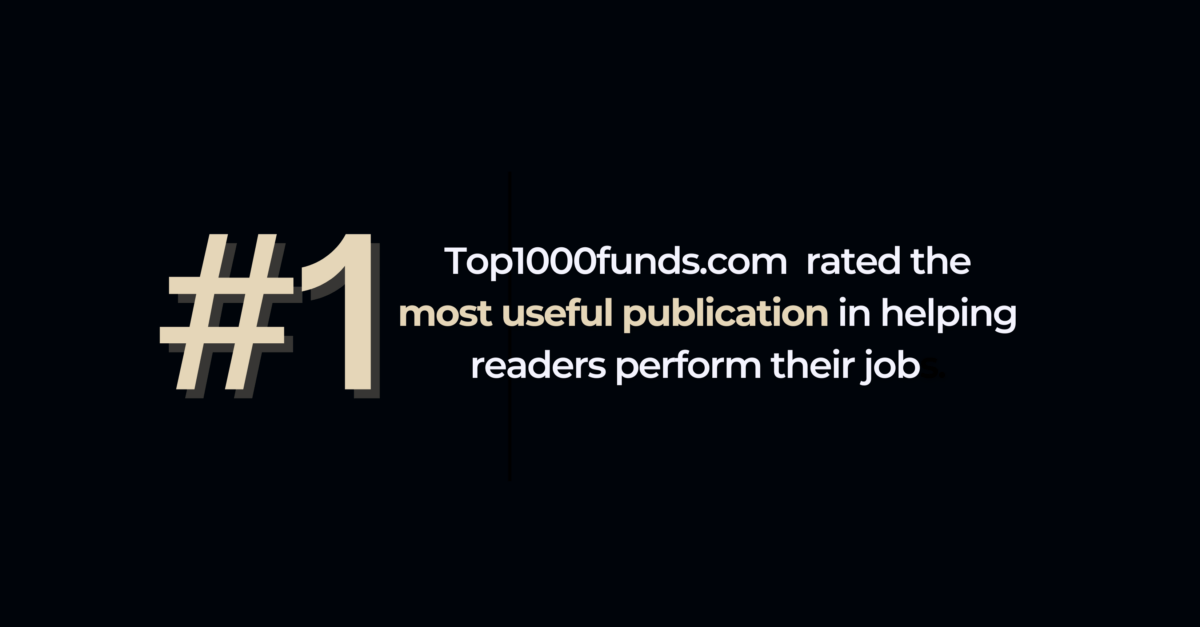While divestment is a useful tool to communicate concerns of climate risk to stakeholders, it is not an optimal investment strategy, in part because it ignores short-term benchmark risk. A research paper by MSCI provides a framework for evaluating ways to reduce two dimensions of carbon exposure – current carbon emissions and potential future emissions embedded in fossil fuel reserves – and explores new and more financially viable ways of managing carbon risk.
Institutional investor responses to how to tackle climate change have tended to centre around probing the long-term portfolio implications of “carbon stranded assets”.
As MSCI outlines companies’ carbon exposure consists of two dimensions: current emissions and fossil-fuel reserves which represent potential future emissions.
In the MSCI ACWI Index, utilities, materials and energy companies accounted for more than four-fifths of the total current carbon emissions. Not surprisingly, Energy companies represent more than 80 per cent of total fossil fuel reserves.
Up until now, much of the pressure to manage carbon stranded assets risks has focused on divesting from companies in the fossil fuel sectors. But MSCI argues that from a financial perspective, the strategy is not optimal as it can create significant short-term risk by potentially deviating sharply from market risk and returns.
In addition, such an approach largely ignores fixed assets from non-energy sectors in the portfolio that are at risk of being stranded due to their dependence on burning fossil fuel reserves, such as coal-based power plants.
The shortcomings of the divestment approach have led major asset owners to seek more financially practical solutions to managing carbon risk.
Instead, investors are starting to turn to strategies that re-weight the market-capitalisation portfolio to effectively minimise broad carbon exposure while using optimisation to reduce tracking error. These approaches take into consideration both current emissions and fossil-fuel reserves, thus aiming to capture a broader exposure to carbon-intensive companies while seeking to minimize short-term risk.
To read the full research paper click below



